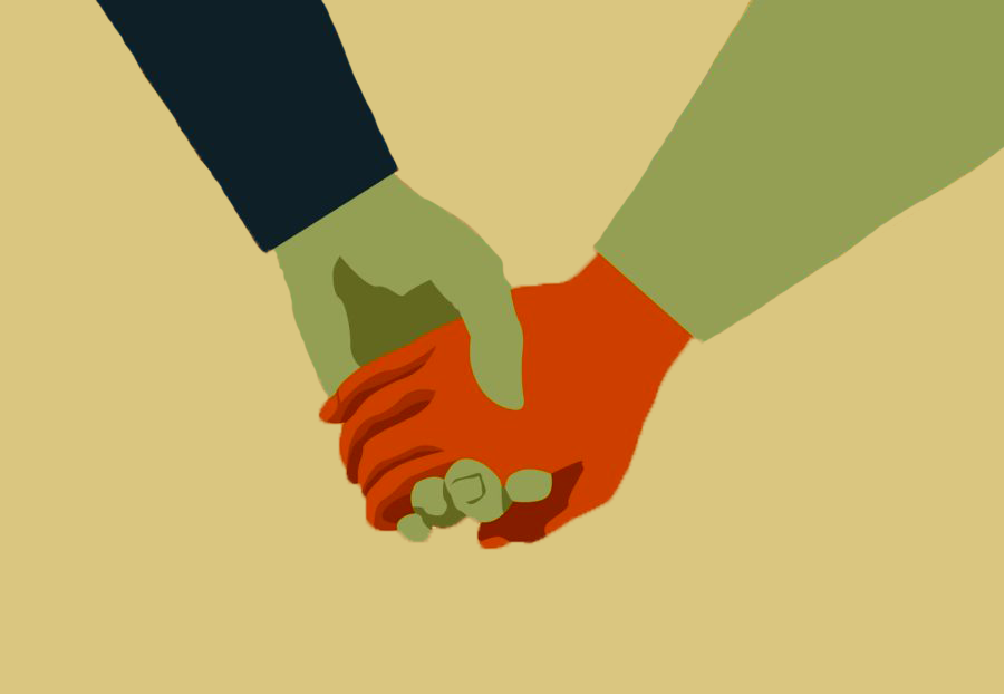The use of psilocybin fungi, commonly known as “magic mushrooms,” has been quickly growing in popularity in recent years to help treat depression and as a therapeutic tool, but much is still unknown about the whole genus of psilocybe fungi, which many magic mushrooms fall under.
Researchers at the University of Utah and the Natural History Museum of Utah are trying to fix that. They recently conducted the largest diversity study of psilocybe fungi to learn more about the many different species of psilocybe and their potential therapeutic applications.
“[In this study,] we kind of provided a family history for the psilocybe genus,” said co-author Alexander Bradshaw, adding that most research in this area has been done with a very small number of species.
How They Did the Study
Bradshaw, who is also a postdoctoral researcher at the NHMU, explained he and his fellow researchers were able to create a “lengthy list” that included 52 individual psilocybe species and how they are related to one another.
39 of the species had never before been sequenced and were partially obtained from museum collections from around the world, Bradshaw said.
“We went in, and we looked at the ability to produce these psychoactive compounds,” Bradshaw said. “And we looked at the unique features that actually allow these organisms to do that.”
This led to the researchers finding these organisms produce psychoactive compounds (such as psilocybin, which is the most active compound in hallucinogenic magic mushrooms) which can be pretty variable between different kinds of species.
“We found that there were two main patterns and that they had a really strong signal of how they grew up together between two major relationships of these organisms,” Bradshaw said.
Bradshaw added that it was important to include these never-before-sequenced psilocybe species in the study because if the researchers hadn’t been able to, they wouldn’t have noticed the patterns with the psilocybin production.
“We would have noticed the exact same pattern that previous research had hit on,” Bradshaw said. “By going out and getting more species to look at, it gave us the predictive power to actually look further into the evolution than what had been previously done.”
Co-author Bryn Dentinger provided an analogy to explain the importance of how diverse their study of psilocybe is.
“If you were to try to infer the shape of an elephant by looking only at its tail, you might not come to the right conclusion,” said Dentinger, who’s also an associate professor at the U’s School Of Biological Sciences. “And that’s basically what’s happened here — people have looked at the tail only of psilocybe, and we have been able to kind of go take a broader view and get a much more accurate description of its entire shape.”
The researchers also found, from molecular dating, that psilocybe fungi probably arose around 65 million years ago, much earlier than previously thought.
Therapeutic and Biotechnology Implications
Dentinger, who’s also a curator of mycology at the NHMU, explained the knowledge that there’s a huge group of psilocybe that manufactures psilocybin in a different way opens up possibilities for “exploiting more therapeutic value.”
“They may be making [more of] the compound, they may be making it more efficiently, they may be making decorations on psilocybin that end up having higher therapeutic value — we don’t know yet, but this is the first step that is required to be able to identify those types of therapeutics,” Dentinger said.
In a biotechnology context, Dentiger added that the study provides a “much greater set of ingredients for people to utilize in controlled laboratory conditions to generate psilocybin more efficiently and more cheaply.”
Dentinger said many people assume that researchers know everything that’s out there about magic mushrooms and fungi and can simply translate what’s known into something useful — but he said 95% of fungi have never been documented.
“So the question is, we know that they can be very useful, so what else is out there that we don’t even know about yet that could have really tremendous therapeutic value for humans?” Dentinger said.


















